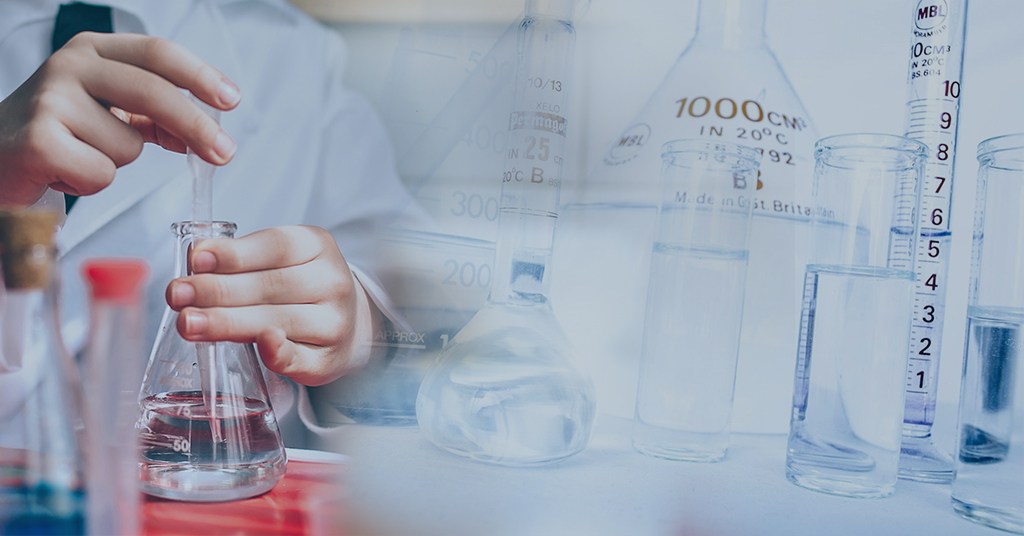Welcome To ChemAnalyst

In August 2023, amid rising demand, the United States witnessed a 3% increase in Sodium Lauryl Ether Sulphate (SLES) prices. This uptick in prices can be primarily attributed to a surge in demand from downstream sectors, including personal care products and surfactants. This rise in demand has significantly outpaced the available supply, resulting in a substantial price hike. Further, the rise in the feedstock costs has supported the price movement of SLES in the US.
The domestic market in the United States has shown strong demand for the product in the downstream surfactant industry. Additionally, there has been substantial interest in SLES from the Asian market, specifically India and Indonesia. This overseas demand has been quite significant, leading to an increase in the prices of SLES in the United States. During the month, the supply rate of SLES has been lower than the demand, prompting producers to raise the price of this product. According to data from the Federal Reserve Economic Data (FRED), the Producer Price Index (PPI) for surfactants remained relatively consistent in July, further suggesting that market conditions for surfactants, including SLES, remained stable in August.
One of the factors that contributed to the price increase was the escalation in the pricing of the feedstock Ethylene Oxide. Ethylene Oxide costs rose during this period due to the upward trend in Ethylene prices in the United States, thereby adding to the overall increased production costs for SLES. However, during the same period, the cost of another feedstock, Fatty Alcohol, decreased. Additionally, upstream Palm oil prices exhibited a declining pattern, influenced by a drop in Malaysian Palm oil prices, which were affected by weaker competition from other oils and increased production from South Peninsular palm oil mills. The depreciation of the Malaysian ringgit, the currency used in the Palm oil trade, against the US dollar made Palm oil more appealing to foreign currency holders. Nevertheless, despite these fluctuations, SLES prices remained elevated due to the broader supply and demand dynamics.
According to ChemAnalyst, there is an expected increase in SLES prices during September and October. This is primarily attributed to the anticipated rise in the costs of Ethylene oxide and Fatty Alcohol, which are essential feedstock materials for SLES production. The heightened demand from downstream sectors may exert upward pressure on SLES prices. Nevertheless, it is possible that in November, product prices could see a decrease. This potential decline is linked to a seasonal reduction in demand for SLES during that period, coupled with the expected decrease in feedstock prices.
We use cookies to deliver the best possible experience on our website. To learn more, visit our Privacy Policy. By continuing to use this site or by closing this box, you consent to our use of cookies. More info.
